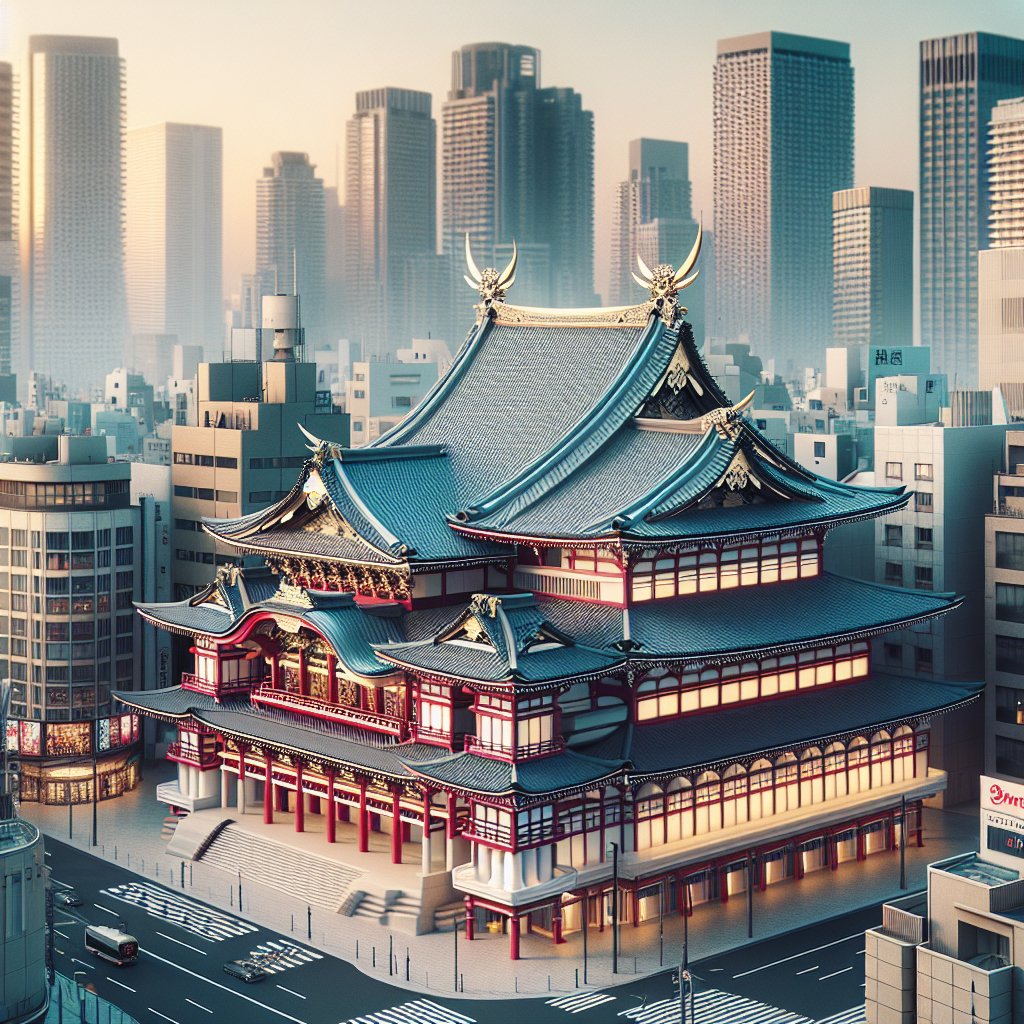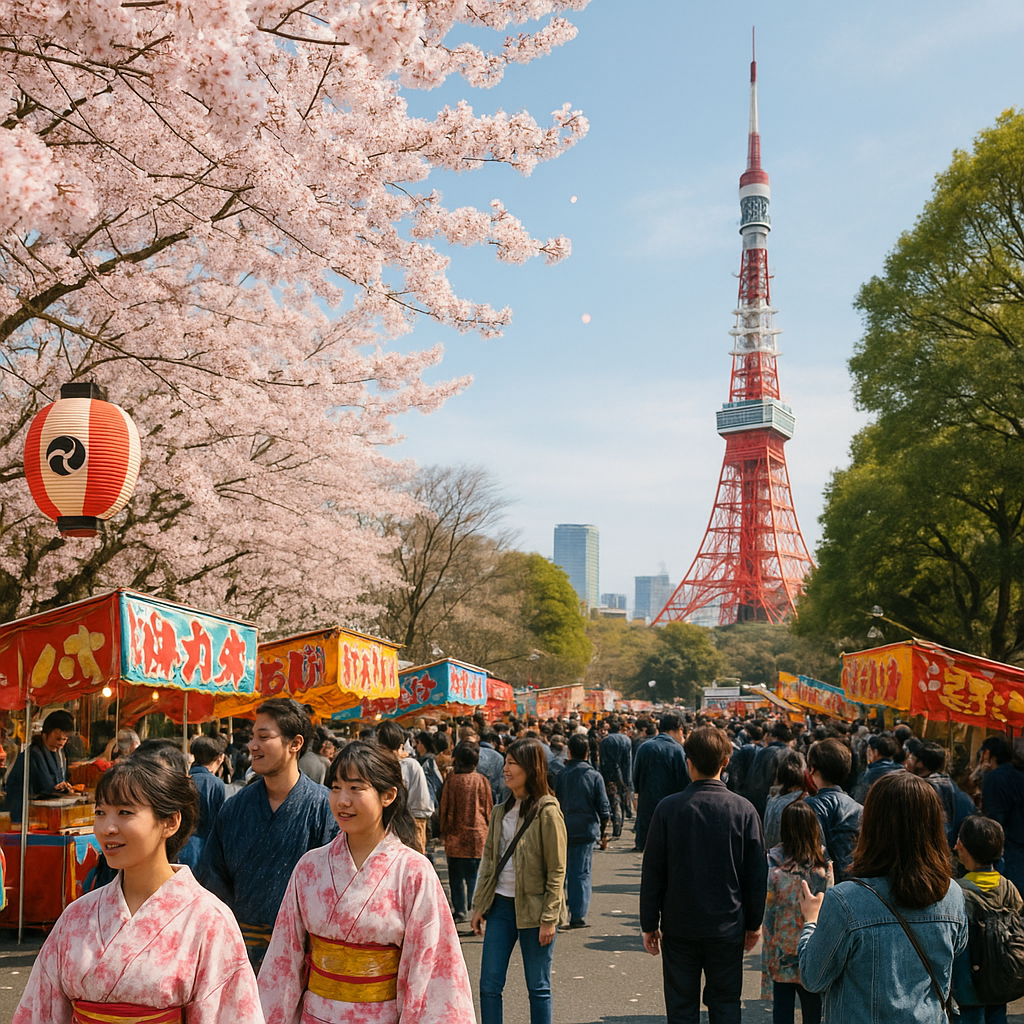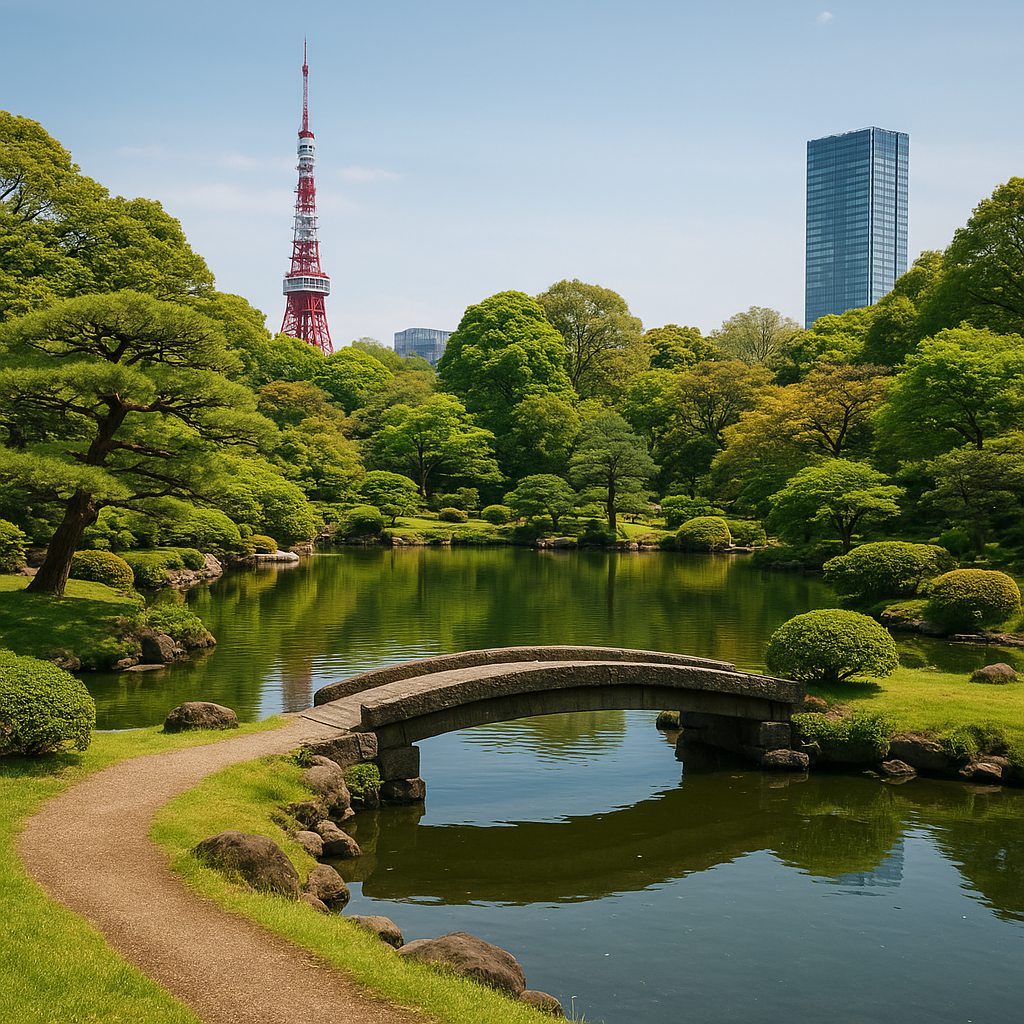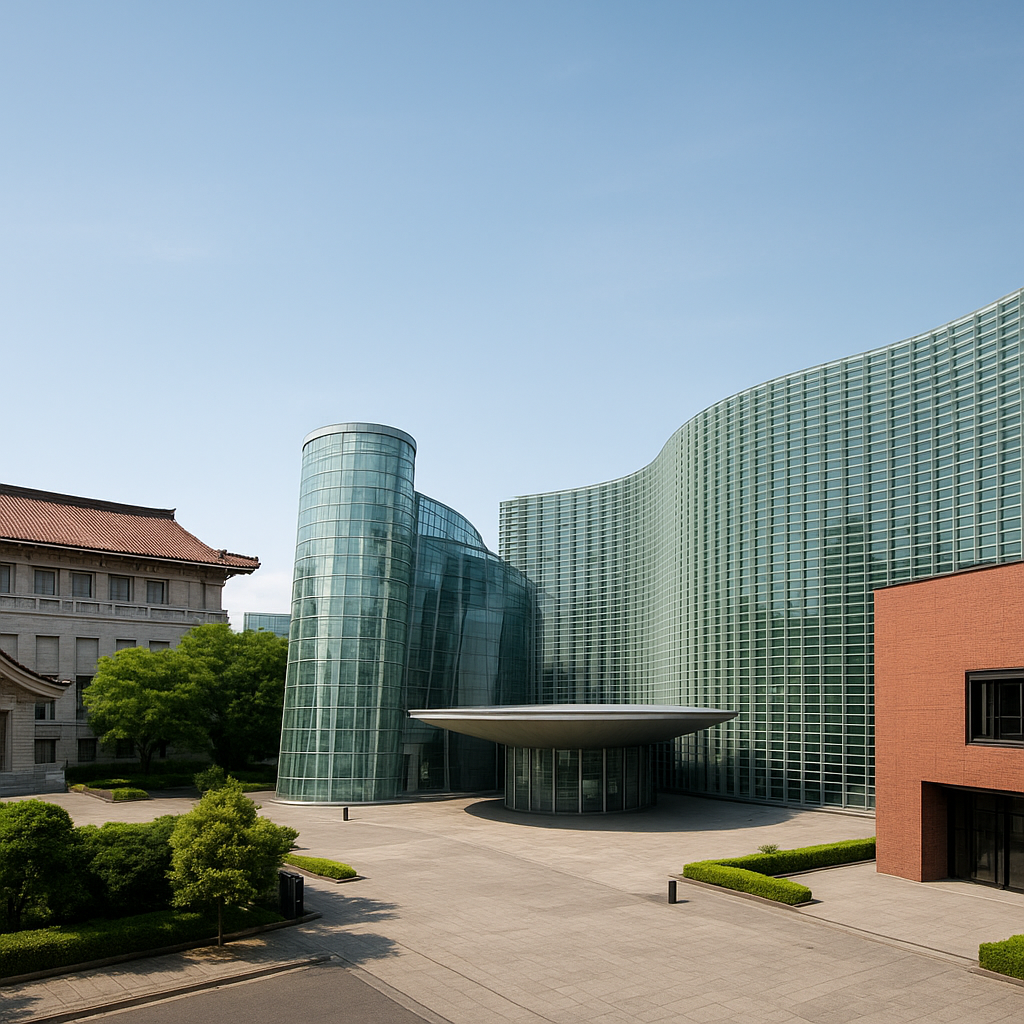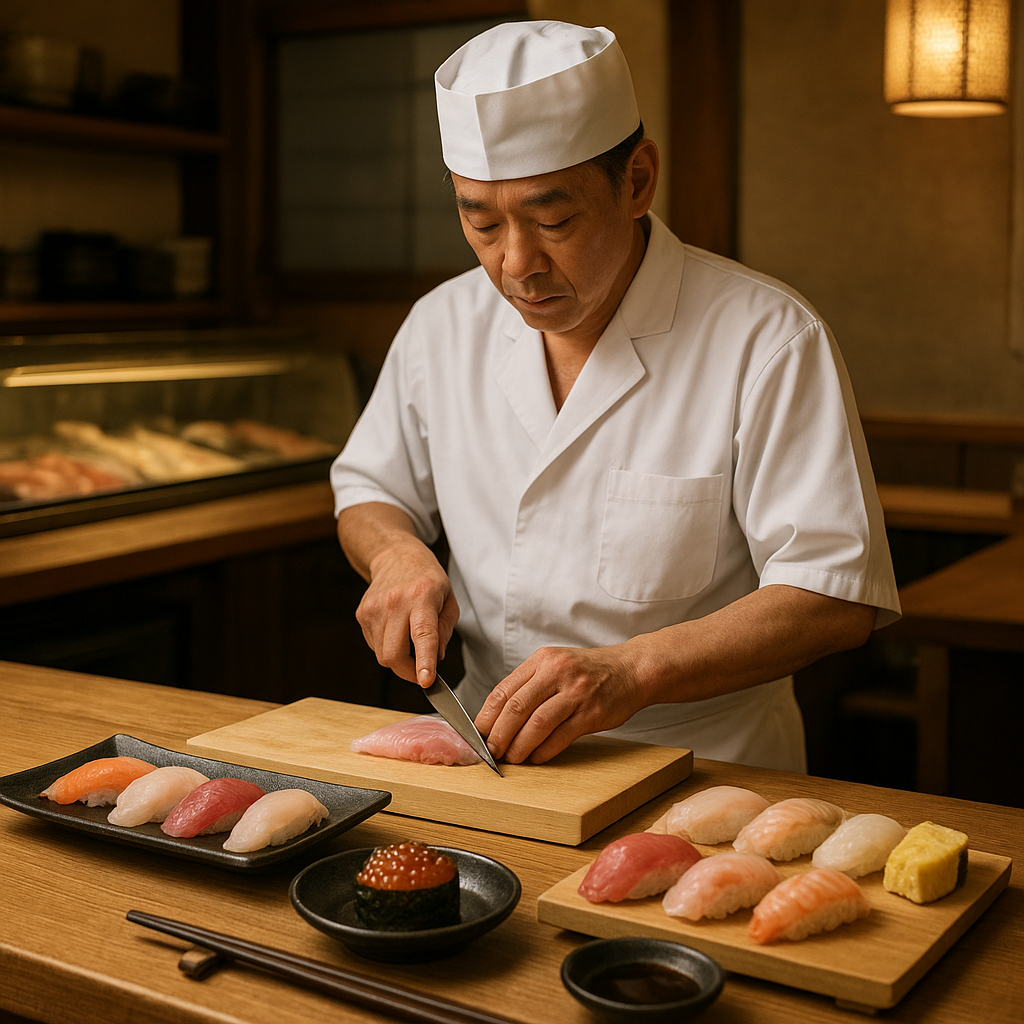Tokyo, the bustling capital of Japan, is a city that seamlessly blends the ultramodern with the traditional, and one of the most captivating experiences it offers is the Kabuki theatre. This traditional form of Japanese drama, known for its stylized performances, elaborate costumes, and dynamic acting, provides a unique window into Japan’s rich cultural heritage. In this article, we will delve into the world of Kabuki theatre in Tokyo, exploring its history, significance, and the unforgettable experience it offers to both locals and tourists alike.
History and Evolution of Kabuki Theatre
The origins of Kabuki theatre date back to the early 17th century during the Edo period. It was founded by a woman named Izumo no Okuni, who began performing a new style of dance drama in the dry riverbeds of Kyoto. Her performances were characterized by their bold and innovative style, which quickly gained popularity among the common people. However, due to the increasing rowdiness of the audiences and the perceived immorality of the performances, women were eventually banned from performing Kabuki, leading to the rise of male actors who played both male and female roles.
Over the centuries, Kabuki evolved into a highly stylized art form, with its own set of conventions and traditions. The performances became more elaborate, incorporating elements such as music, dance, and mime. The actors, known as “onnagata” when playing female roles, became highly skilled in their craft, mastering the art of exaggerated movements and expressions to convey emotions and tell stories. Kabuki theatre also developed a unique aesthetic, with its vibrant costumes, intricate makeup, and dramatic stage sets.
Despite facing challenges such as government censorship and the impact of Western influences during the Meiji Restoration, Kabuki has managed to survive and thrive, becoming an integral part of Japan’s cultural identity. Today, it is recognized as one of the three major classical theatres of Japan, alongside Noh and Bunraku, and is celebrated for its ability to captivate audiences with its dynamic and visually stunning performances.
The Kabuki Theatre Experience in Tokyo
For those visiting Tokyo, experiencing a Kabuki performance is a must. The city is home to several renowned Kabuki theatres, with the most famous being the Kabukiza Theatre in the Ginza district. This iconic venue, with its traditional Japanese architecture, offers a glimpse into the grandeur and elegance of Kabuki theatre. The theatre hosts regular performances, featuring a rotating repertoire of classic and contemporary plays, allowing audiences to experience the full spectrum of Kabuki’s artistic expression.
Attending a Kabuki performance is a sensory feast. From the moment you enter the theatre, you are transported into a world of color, sound, and movement. The performances are typically divided into acts, with each act telling a different story, often based on historical events, legends, or classical literature. The actors, with their elaborate costumes and striking makeup, bring these stories to life with their powerful and emotive performances.
One of the unique aspects of Kabuki theatre is the use of “kakegoe,” or audience participation. Enthusiastic fans, known as “omuko-san,” shout out words of encouragement and praise to the actors during key moments of the performance, adding to the lively and interactive atmosphere. This tradition, which dates back to the early days of Kabuki, creates a sense of camaraderie between the performers and the audience, making each performance a truly communal experience.
For those unfamiliar with the Japanese language, many theatres offer English subtitles or audio guides, providing translations and explanations of the dialogue and plot. This ensures that international visitors can fully appreciate the nuances and intricacies of the performances, enhancing their understanding and enjoyment of the art form.
Preserving and Promoting Kabuki Theatre
In recent years, efforts have been made to preserve and promote Kabuki theatre, both within Japan and internationally. The Japanese government has designated Kabuki as an Important Intangible Cultural Property, recognizing its significance as a cultural treasure. Various initiatives have been launched to support the training and development of young actors, ensuring the continuation of this traditional art form for future generations.
Additionally, Kabuki has gained international recognition, with performances being held in various countries around the world. These international tours have helped to introduce Kabuki to new audiences, fostering a greater appreciation and understanding of Japanese culture. Collaborations with foreign artists and the incorporation of modern elements into traditional performances have also contributed to the evolution and revitalization of Kabuki, making it more accessible and appealing to contemporary audiences.
In Tokyo, the Kabukiza Theatre continues to play a vital role in promoting Kabuki, offering a range of programs and events aimed at educating and engaging the public. From backstage tours and workshops to special exhibitions and lectures, these initiatives provide valuable insights into the history, techniques, and artistry of Kabuki theatre, enriching the overall experience for visitors.
Conclusion
Tokyo’s Kabuki theatre experience is a captivating journey into the heart of Japanese culture and tradition. With its rich history, vibrant performances, and unique theatrical conventions, Kabuki offers a mesmerizing spectacle that leaves a lasting impression on all who witness it. Whether you are a seasoned theatre enthusiast or a curious traveler, a visit to a Kabuki performance in Tokyo is an unforgettable experience that should not be missed. As Kabuki continues to evolve and adapt to the changing times, it remains a testament to the enduring power and beauty of traditional Japanese art.
